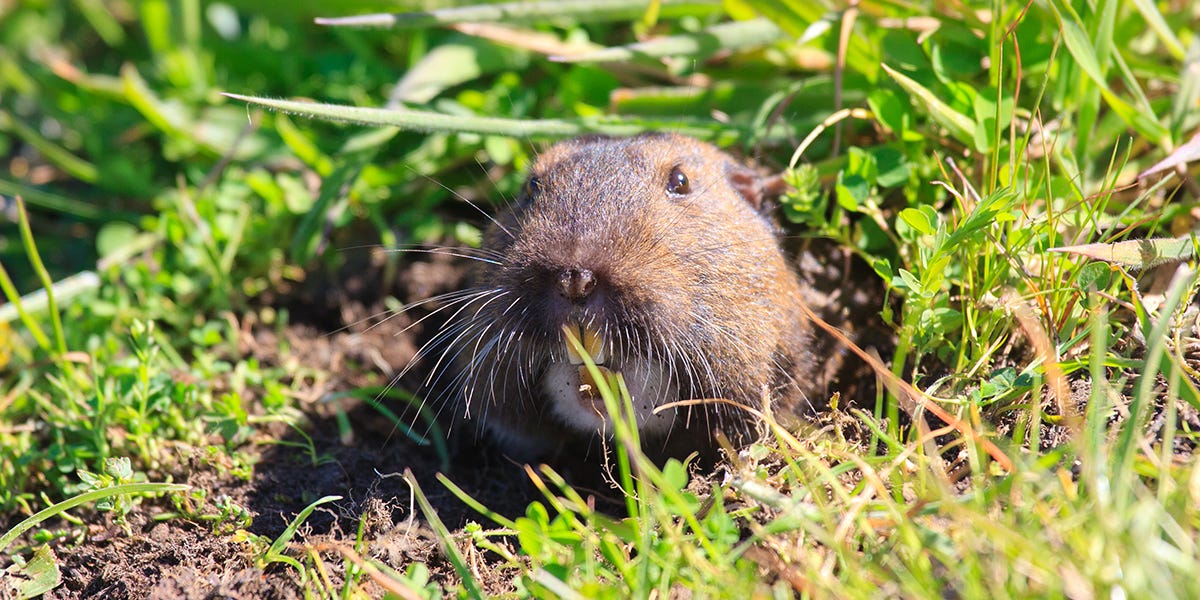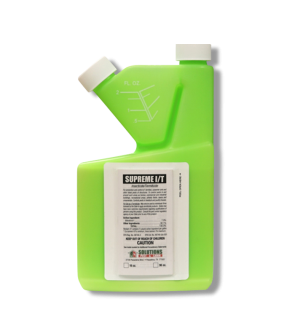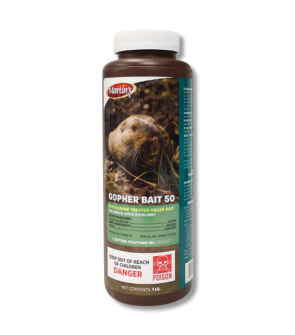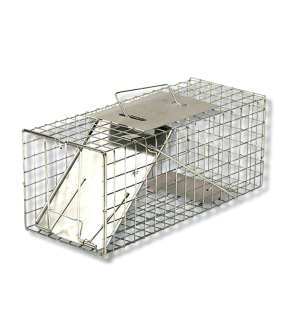Gain access to personalized product screening, the best pricing, rewards, and more!
Most Effective Products
What's the Difference Between a Gopher, a Mole, and a Vole?
When it comes to damage in your lawn or garden, it is easy to conclude that you have some type of subterranean pest. If you see holes, plants wilting, and fresh mounds of dirt in your lawn, then it is most likely a gopher, mole, or vole. These creatures are commonly known for destroying lawns within residential and commercial properties.
It is easy to confuse these pests with one another, but they are very different. Treatment methods and products will depend on the pests present in your yard.
Identifying which pests are in your yard and the type of tunnels or signs they leave will lead to a faster treatment plan and a healthier lawn.
Gophers vs. Moles vs. Voles
Identifying a Gopher

Gophers are typically 4 to 12 inches in length. Compared to a mole or vole, they are physically larger and cause more damage.
Gophers are also known as pocket gophers, and they are named as such because of the large cheek pouches they have to hold food and materials for creating nests. Gophers have two large incisor teeth on the top and bottom of their mouths.
A gopher's body features a round and broad head, small yet noticeable eyes, a short neck, and round ears.
On their paws, gophers have sharp claws that help them burrow underground and whiskers that help guide them in the darkness of their tunnels. Unlike moles, gophers have a small, thick tail lined with an unnoticeable amount of hair.
Most gopher species have fur that may match the soil color they reside in. However, the standard color of a gopher can range from yellowish-brown to black, with its underside being a lighter shade of white.
Identifying a Mole

A mole is slightly larger than a vole, measuring 4 and 11 inches long. The color of their fur is between a black, brown, and gray variation.
It is less common to see a mole above ground. Due to their small eyes, they cannot withstand much sunlight. Compared to a vole or gopher, moles have eyes and ears that are not easily seen. Moles also have smaller tails than gophers and voles.
Their long hairless snouts and large claws help them hunt insects underground. As a result of their underground activity, the roots of plants become damaged, causing the flowers or turf to die.
Identifying a Vole

Voles are commonly known as meadow mice. Like field mice, they have small eyes, black-to-gray-brown fur, compact bodies, and a tail with non-visible fur. The only visible difference between a vole and a mouse is that a vole will have a smaller tail than a field mouse.
To differentiate voles from moles, their eyes will be easier to see than moles, but they have a shorter tail and longer fur. They will also be smaller than a gopher and mole, measuring 5 to 8 inches long.
Tunnel & Mound Inspection
Gopher
The size of a gopher mound can be up to a foot tall and a foot to two feet in diameter. They will also not have surface tunnels. Instead, they will have lateral tunnels plugged with soils to keep intruders out. Tunnels can be a couple of inches to several feet under the turf.
Mole
Molehills are different from gopher tunnels in that they are dug underneath the soil and create kidney-shaped mounds, whereas molehills are oval and create surface tunnels that elevate the earth and create small hills (or ridges) that connect them.
Vole
Voles, like moles, do have a tunnel system, although not as deep. These shallow surface tunnels, or “runways,” have the appearance of trails of dead grass about 1 to 2 inches wide or ditches of bare soil about 1/2 inch deep. They are a result of voles consuming blades and stems of grass and traveling back and forth over the same path.
Signs of Damage
Gopher
Unlike moles, whose diets consist of insects, gophers are herbivores and will eat the surface of plants, roots, and tubes.
Their feeding patterns cause indirect but noticeable damage to your turf, such as discoloration, plant wilting, or tearing from the roots. You will also notice scatters of dirt throughout your property as these creatures like digging new tunnels called "feed holes" to store or eat their food.
Mole
Moles feed on insects underground in your home, garden, and ornamental landscape, causing immediate and considerable damage.
During their pursuit of worms and grubs, they tear the dirt away from your grass and plant roots, making them more susceptible to diseases and nutrient loss. As a result, your turf will begin to wither and die.
The soil within your lawn is susceptible to damage, as is the foundation underneath your home. A mole will only go underneath your home If the foundation is shallow or easy enough to dig. You may consider applying an insecticide with a barrier treatment to eliminate this food source from moles. Our go-to insecticide product is Supreme I/T, which will last up to 90 days on your property.
Vole
Like most rodents, once voles find an available food source, they consistently revisit this area, leaving a pattern of runway and tunnel systems through the grass.
Unlike gophers, voles can live in large groups like most rodents and will cause extensive damage within a short period.
Damages include turf, ornamental plants, crops, and trees with gnaw marks on the leaves or stems, tree bark, and uprooted plants.
Key Takeaways
How to Tell Gophers, Moles, and Voles Physically Apart
- Voles are the smallest when compared to a gopher and mole. Moles's eyes and ears are hard to see and have long snouts. Gophers will have large visible teeth and sandy-colored fur.
What is the Difference Between Tunnels and Mounds?
- Gophers will create a large mound of dirt that measures between 1 and 2 feet in diameter and is lateral, meaning it will appear as holes in your turf. Moles hills will appear above the surface as round, oval-shaped mounds of dirt, whereas gophers are kidney-shaped. Voles will create holes that do not have dirt surrounding the entry point like most rodent holes and will also bend the grass into the shape of tunnels.
What Kind of Damage Can Gophers, Moles, and Voles Do?
- Gophers, moles, and voles can all tunnel underground and uproot plants from their roots and stems. Gophers and voles can eat on the stems of plants above ground whereas moles will primarily feed on insects surrounding plant roots underground. Moles may cause damage underneath a homes foundation by digging away the dirt underneath in search for food.
















